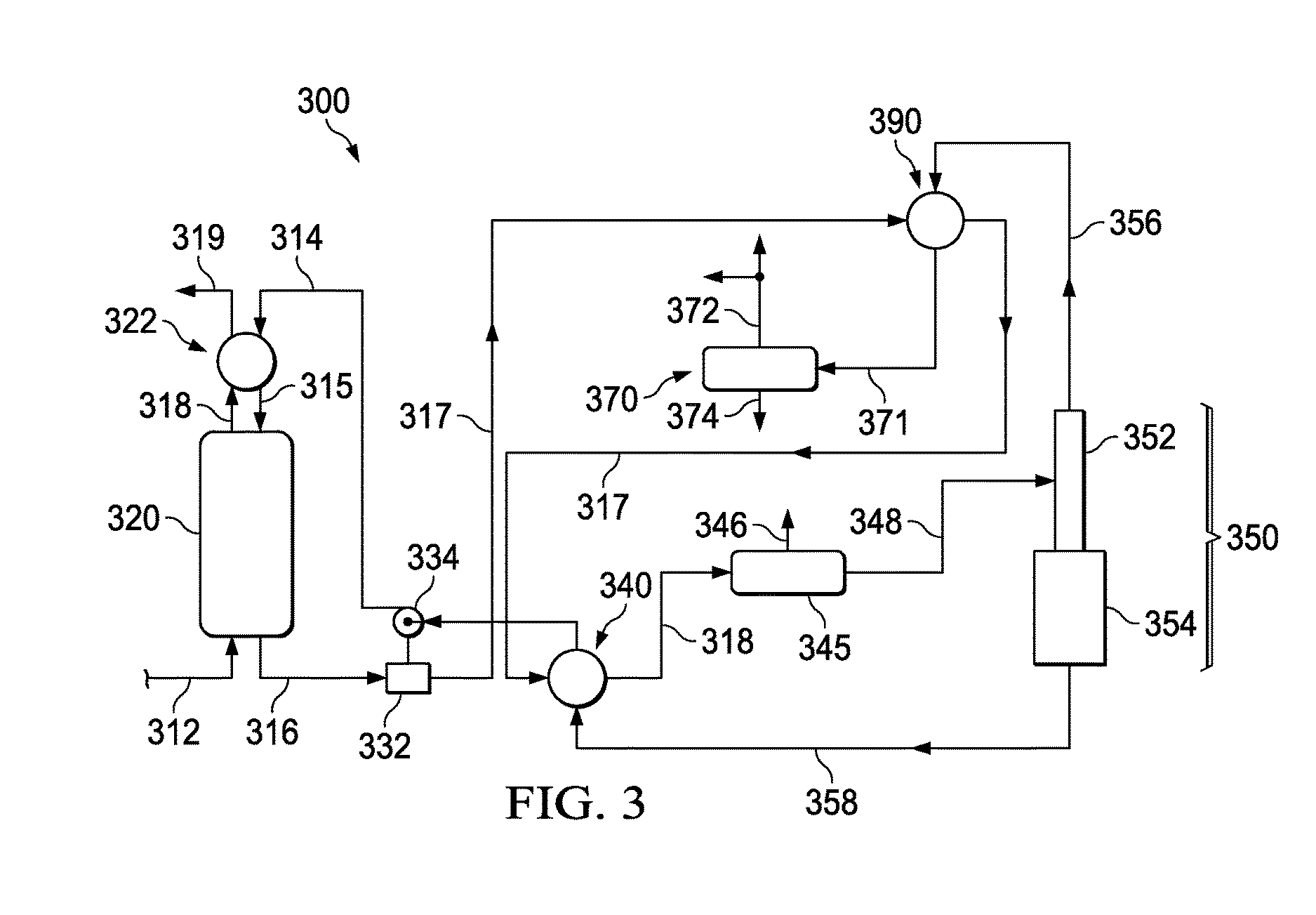Natural Gas Processing for Reduction in BTX Emissions and Energy Efficiency
a technology of natural gas and energy efficiency, applied in the direction of gaseous fuels, separation processes, fuels, etc., can solve the problems of not being able to significantly contain the release of btx into the environment, and the apparatus is not designed to achieve the effect of reducing or eliminating the release of benzenes and reducing water conten
- Summary
- Abstract
- Description
- Claims
- Application Information
AI Technical Summary
Benefits of technology
Problems solved by technology
Method used
Image
Examples
Embodiment Construction
[0025]The following non-limiting detailed descriptions of examples of embodiments of the invention may refer to appended Figures and are not limited to the drawings, which are merely presented for enhancing explanations of features of the technology. In addition, the detailed descriptions may refer to particular terms of art, some of which are defined herein, as appropriate and necessary for clarity.
[0026]The term “raw natural gas” refers to produced natural gas that includes water, whether as entrained minute droplets or as water vapor, that must be removed. The gas may also contain BTX.
[0027]The term BTX or BETX refers to “benzenes, toluenes, and xylenes” that are produced along with natural gas from subterranean formations.
[0028]The term “reduction or elimination of benzenes, toluenes, and xylenes” means that the process and apparatus are designed to contain or combust the benzenes, toluenes, and xylenes from natural gas such that the benzenes, toluenes, and xylenes emitted into ...
PUM
| Property | Measurement | Unit |
|---|---|---|
| temperature | aaaaa | aaaaa |
| energy efficiency | aaaaa | aaaaa |
| temperatures | aaaaa | aaaaa |
Abstract
Description
Claims
Application Information
 Login to View More
Login to View More - R&D
- Intellectual Property
- Life Sciences
- Materials
- Tech Scout
- Unparalleled Data Quality
- Higher Quality Content
- 60% Fewer Hallucinations
Browse by: Latest US Patents, China's latest patents, Technical Efficacy Thesaurus, Application Domain, Technology Topic, Popular Technical Reports.
© 2025 PatSnap. All rights reserved.Legal|Privacy policy|Modern Slavery Act Transparency Statement|Sitemap|About US| Contact US: help@patsnap.com


